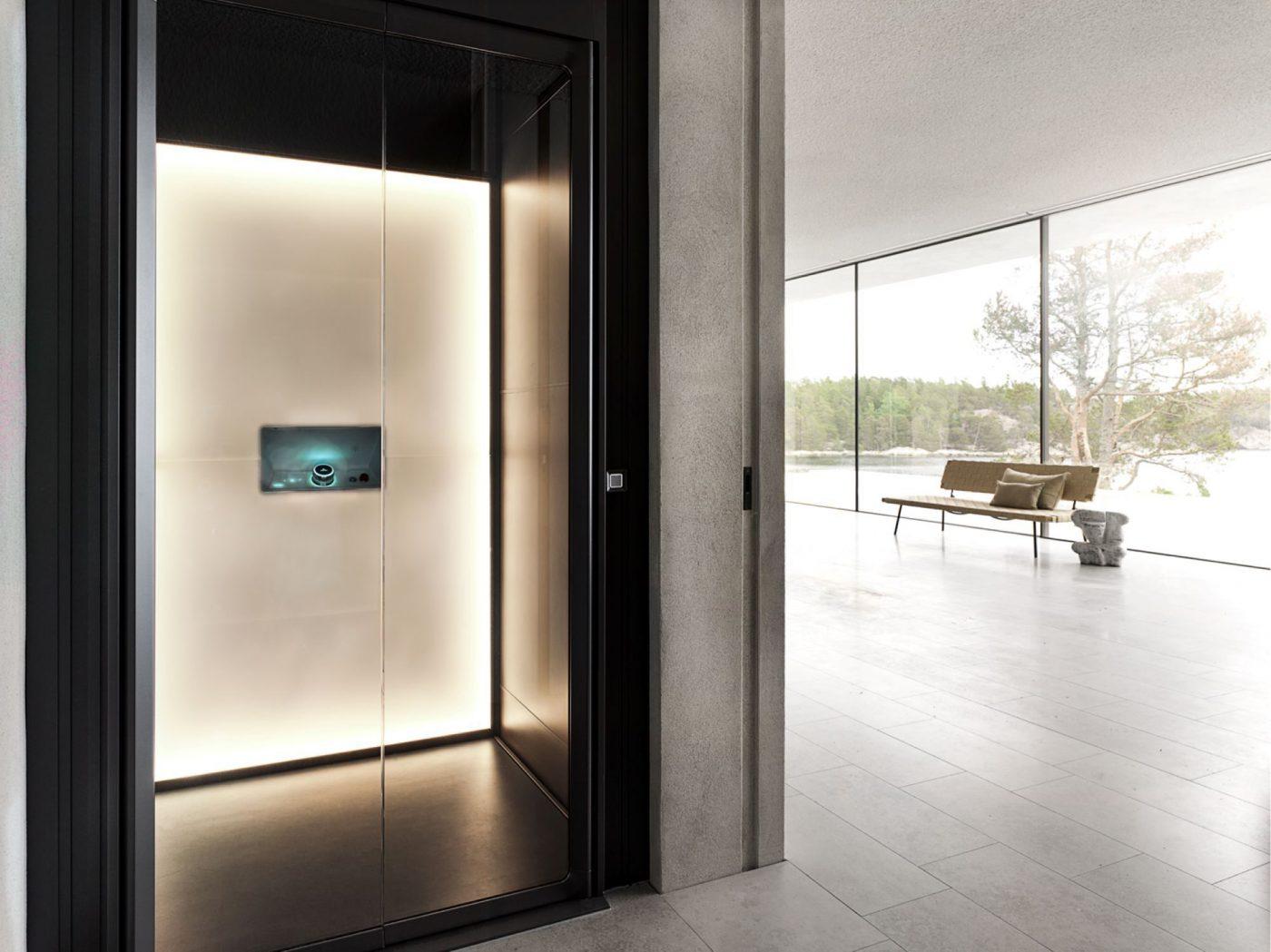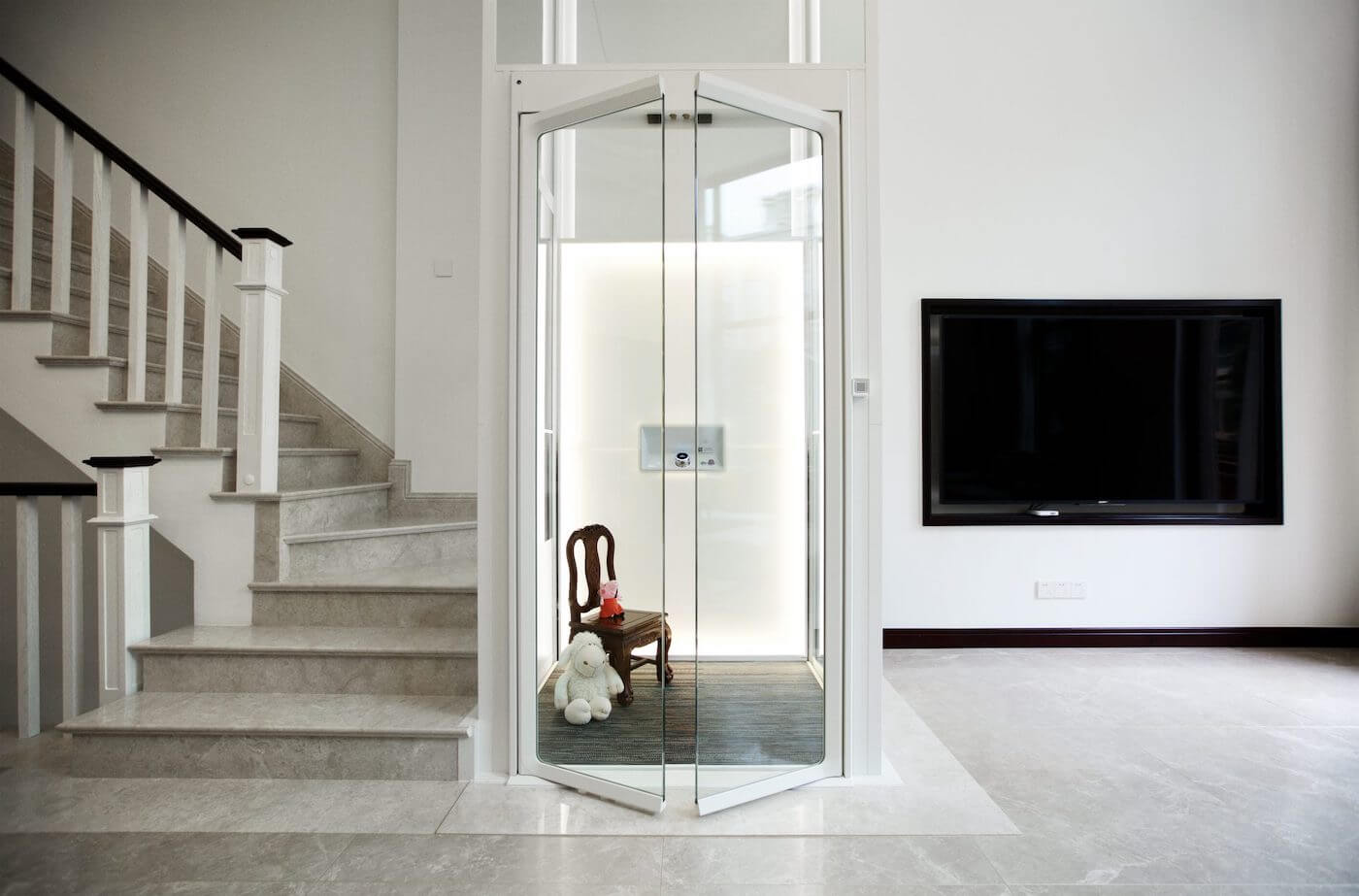London Lift Company: Relied On Experts for All Your Vertical Transportation Needs
London Lift Company: Relied On Experts for All Your Vertical Transportation Needs
Blog Article
Deciphering the Intricacies of Lift Modern Technology: Troubleshooting Common Problems Across Lift Designs
From slow operation problems to peculiar noises rising from the equipment, repairing typical issues across different lift versions requires an eager eye for information and a methodical strategy. Keep tuned as we browse through the labyrinth of lift breakdowns, looking for services to the enigmatic problems that can disrupt the smooth functioning of these indispensable devices.
Determining Slow Operation Issues

Following, inspect the electric connections to make sure that all elements are correctly linked and working. Defective wiring or loose links can bring about reduce procedure or total malfunction of the lift system. Additionally, it is important to evaluate the control system to determine if the issue depends on the programs or sensors.
If the visual inspection and electric checks do not expose the source of the slow-moving procedure, additional diagnostic examinations might be required. These could consist of stress tests for hydraulic systems, voltage examinations for electric elements, or running diagnostic software program for the control system. repair and maintenance services. By complying with a methodical approach to repairing slow-moving operation issues, you can successfully determine and fix the problem, making certain the lift operates securely and successfully
Dealing With Weird Noises
To effectively fix lift technology for weird noises, a thorough assessment of the lift components adhering to the identification of slow-moving operation problems is important. Weird noises in lifts can be a measure of underlying problems that call for prompt interest to ensure the security and integrity of the system. Common resources of strange noises in lifts consist of worn-out or misaligned sheaves, harmed electric motor bearings, loose or damaged suspension ropes, and malfunctioning control systems. When attending to weird noises, it is necessary to conduct a methodical assessment of these components to identify the specific cause of the noise precisely. This might involve looking for any type of noticeable signs of deterioration, examining the functionality of motor bearings, tightening up loosened links, and lubricating moving parts as required.
In addition, it is crucial to refer to the lift manufacturer's maintenance guidelines and look for aid from certified specialists when managing intricate lift parts or strange troubleshooting procedures. By quickly dealing with and resolving weird sounds underlying problems, lift operators can ensure the optimal efficiency and security of the lift system for operators and guests.
Managing Faulty Control Issues
An efficient technique for resolving malfunctioning control problems in lift modern technology involves performing an extensive analysis of the control system's elements and capability. When coming across issues with lift controls, it is vital to first look for any loose links, damaged electrical wiring, or malfunctioning sensors. Confirming that all control switches, display screens, and keypads are operating correctly is additionally important in identifying the trouble accurately.
If no visible concerns are apparent, service technicians should proceed to check the control board for any indications of water damage, overheating, or rust, as these can typically cause regulate malfunctions. Additionally, resetting the control system or updating the software application may assist solve particular problems or pests creating the problem.

Tackling Hydraulic System Malfunctions
The performance of hydraulic systems in lifts relies greatly on the proper performance of various parts within the system. When hydraulic systems malfunction in lifts, it can bring about operational disturbances and security problems. One site link common problem is hydraulic liquid leakage, which can take place because of damaged seals, loose connections, or harmed cylinders. To tackle this issue, professionals should carry out a thorough evaluation to recognize the source of the leak and change any kind of faulty elements without delay.
Additionally, abnormalities in hydraulic liquid degrees or uncommon sounds during lift operation may suggest underlying system malfunctions that require immediate focus to avoid further damages. Normal maintenance and timely troubleshooting of hydraulic system problems are vital to ensuring the efficient and safe operation of lift technology.
Managing Electric Component Failings
Dealing with electrical component failings in lift technology demands a systematic technique to diagnosing and solving problems to maintain functional capability and safety requirements. When running into electrical issues in lift systems, it is crucial to first carry out a comprehensive assessment of the electric components, including control panels, wiring, sensing units, and circuit click here for info card. Any type of signs of damage, deterioration, loosened connections, or charred elements need to be very carefully kept in mind and attended to promptly to stop further issues.
When it comes to electrical part failures, it is vital to follow maker standards for troubleshooting and repair service treatments. This may include examining the components making use of multimeters, oscilloscopes, or other diagnostic devices to determine the exact source of the breakdown. In addition, having a comprehensive understanding of the lift's electrical schematics and electrical wiring layouts can aid in determining and remedying concerns efficiently.
Regular maintenance and assessment timetables can help avoid electrical failures by identifying possible issues at an early stage. Appropriate training for lift professionals on electric systems and parts is also vital to guarantee precise medical diagnosis and efficient resolution of electric issues, eventually adding to the general security and integrity of lift procedures.
Verdict
To conclude, repairing lift modern technology calls for an organized strategy to recognize and attend to typical issues such as sluggish operation, unusual noises, faulty controls, hydraulic system breakdowns, and electric element failures. By understanding the complexities of lift technology and adhering to correct fixing steps, technicians can effectively settle concerns and make sure the efficient and secure operation of lifts across numerous designs.
To efficiently troubleshoot lift modern technology for odd sounds, an extensive evaluation of the lift parts complying with the identification of slow-moving procedure issues is important. Strange sounds i was reading this in lifts can be indicative of underlying troubles that need prompt focus to guarantee the safety and security and dependability of the system.An effective method for dealing with faulty control issues in lift technology entails carrying out a thorough evaluation of the control system's parts and performance.The performance of hydraulic systems in lifts depends greatly on the proper performance of various elements within the system. repair and maintenance services. When encountering electric problems in lift systems, it is vital to first carry out a thorough assessment of the electric components, including control panels, circuitry, sensors, and circuit boards
Report this page